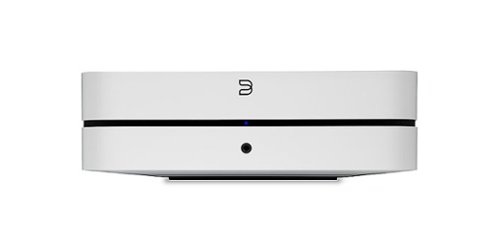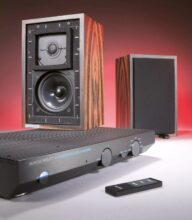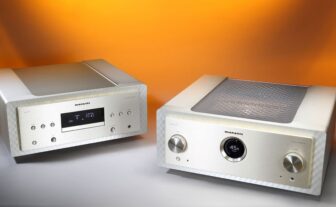Bluesound Powernode (N330) Review
The Bluesound Powernode N330 is a compact, fully integrated amplifier with HD-quality streaming and multiroom support. It offers high-resolution audio playback with support for MQA files, HDMI input with eARC, and the ability to play surround sound. However, it may not be the best choice for hard-to-drive speakers.
An amplifier doesn’t need to be large to deliver great sound, as demonstrated in our previous tests of network-connected stereo amplifiers. The latest version of the Bluesound Powernode has been refined, but since Bluesound has stopped naming model generations, it’s simply called the N330.
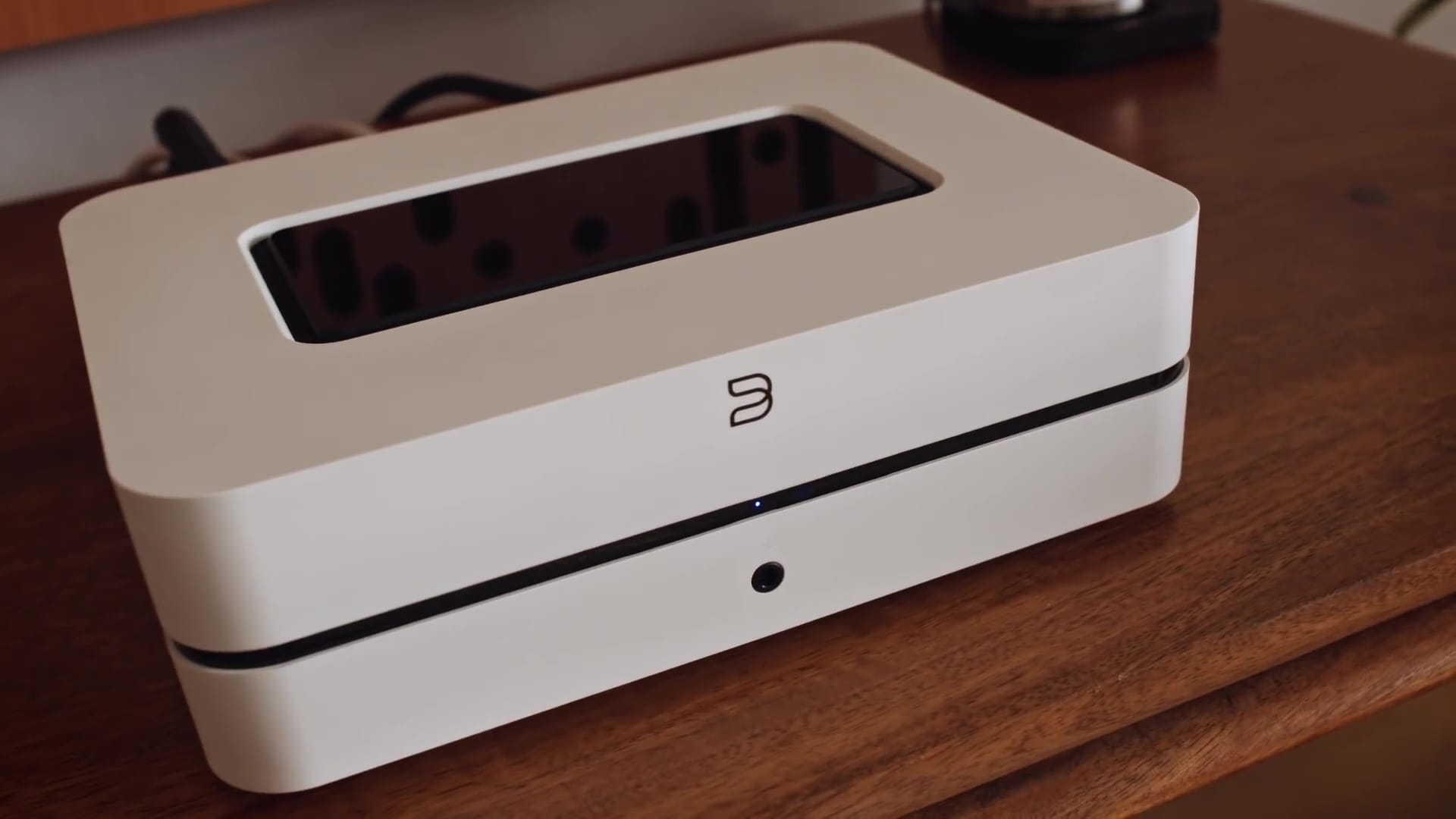
On the outside, it looks very similar to its predecessor: a black or white plastic box with rounded corners and a control panel on top. The panel has been upgraded with a touch-sensitive area to control volume and access five programmable presets for internet radio or playlists. While practical, it would be even better if the touch field had a display to show what’s assigned to the buttons.
Most control happens through the Bluesound mobile app, but you can also purchase a separate remote control for convenience. If you have an extra remote, the Powernode can be programmed to use it through the app.
NOW ALSO FOR THE TV
In terms of inputs, the Bluesound Powernode has a modest selection, including a USB port and a combined analog/digital input. Thankfully, it now has an HDMI input with eARC, making it a solid option for TV setups. It’s more affordable than many soundbars, especially if you already own quality passive speakers.
If you’re looking for surround sound, the Powernode can be part of a multichannel system (up to 5.1 channels) when paired with other Bluesound devices, like a soundbar or additional speakers. If you own an older Powernode, it can be set to drive rear speakers in the system.
The Powernode’s output power has been increased from 50 watts to 80 watts per channel, giving you more flexibility with speaker options. Bluesound claims that the amplifier uses the same power stage as the NAD C368 integrated amplifier (Bluesound’s sister company), which costs nearly twice as much when upgraded with a BluOS module.
The speaker terminals are banana/screw connectors of acceptable quality, although they’re plastic. The contact surface is gold-plated, and there’s also an RCA output for a subwoofer.
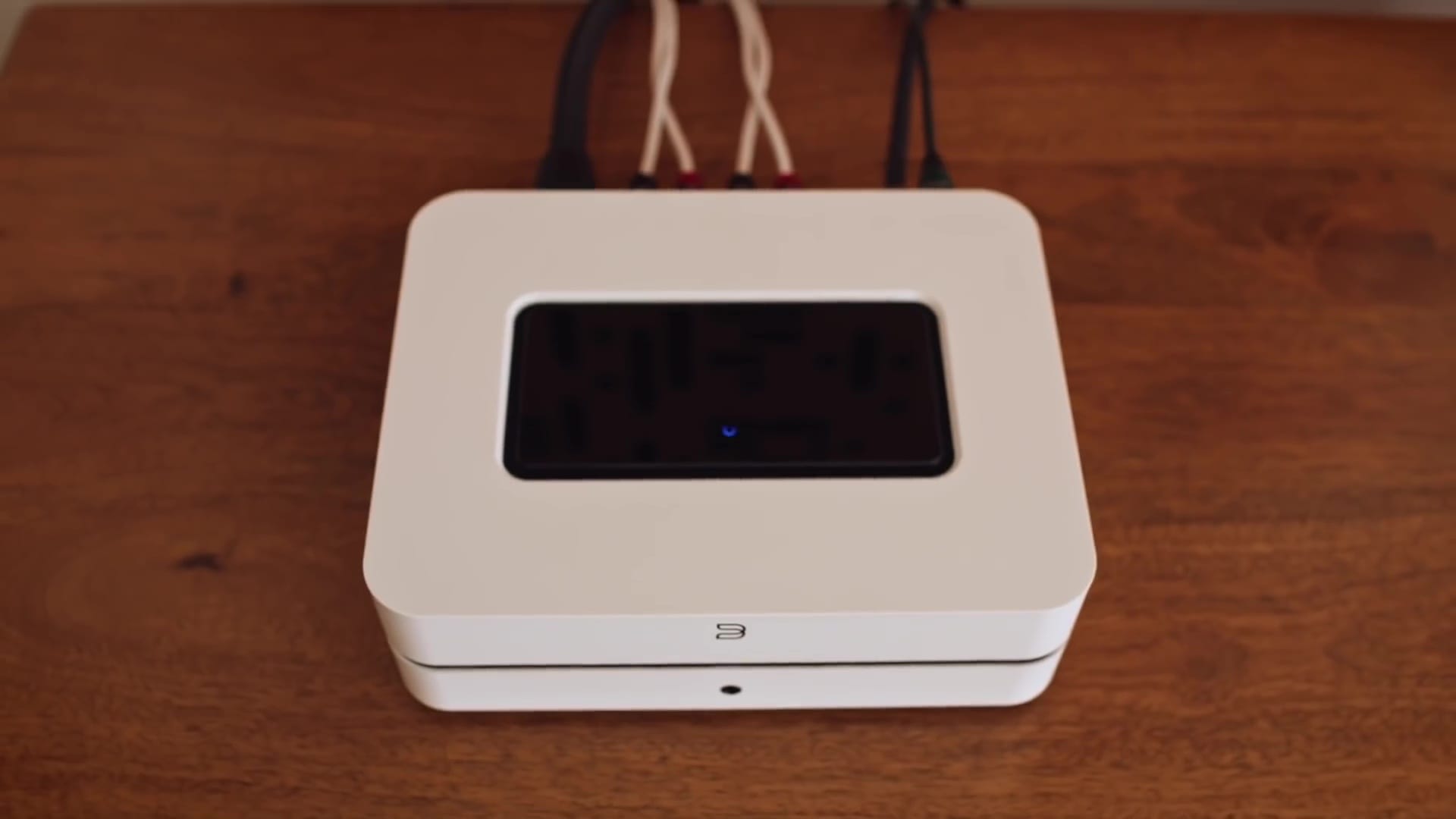
NOW WITH GOOGLE ASSISTANT
The Powernode now supports Google Assistant for voice control, and Amazon Alexa is also available (though only in English). However, it doesn’t have a built-in microphone, so voice commands are sent via a smart speaker or mobile device.
SUPPORTS MQA FOR HIGH-RES AUDIO
Bluesound is a platform designed for streaming and multiroom audio, similar to competitors like Sonos, HEOS (Denon/Marantz), and Play-Fi. It supports a wide range of streaming services, including Spotify, Tidal, Deezer, Qobuz, and Apple Music. Unlike many competitors, Bluesound supports MQA files, offering high-resolution audio from Tidal.
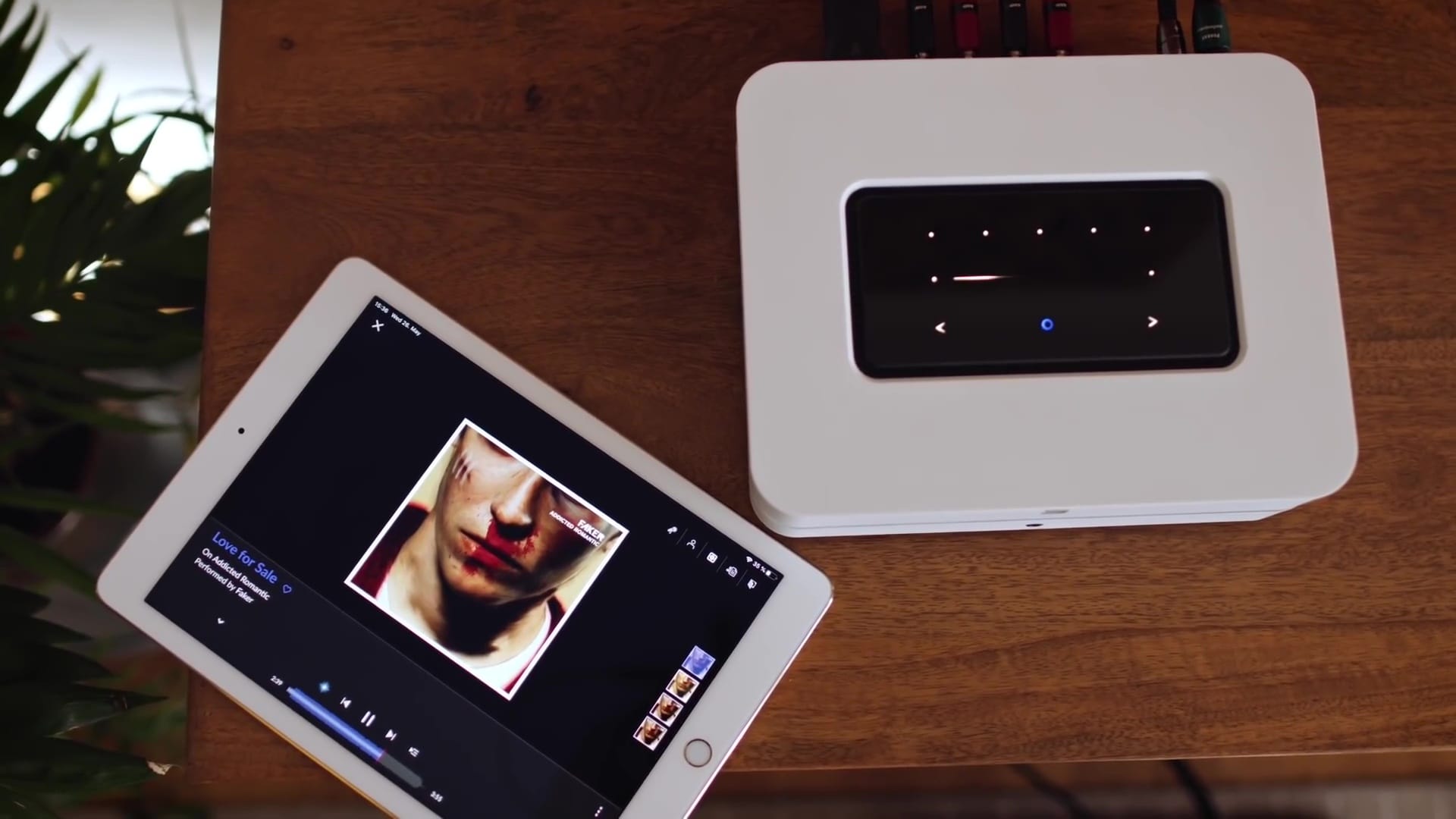
SOUND QUALITY
At just 1.8 kg, the Bluesound Powernode looks deceptively small, but once paired with good speakers, it delivers impressive sound. The sound signature is neutral and balanced, with no particular emphasis on any frequency range. It’s not “warm” or “engaging” in a traditional sense, but it avoids being flat or dull.
What stands out about the Powernode is its ability to recreate the room’s ambiance, whether the recording is live or studio-produced. The soundstage is transparent, and you can easily place instruments and voices. For its price, it performs better than many amplifiers, especially in handling vocals, where cheaper amplifiers tend to blend them into a diffuse mass.
When pushed to its limits—such as playing complex music at high volumes through inefficient speakers—the Powernode loses some detail. However, it handles this gracefully without sounding harsh.
COMPETITION
The main competitor to the Bluesound Powernode is the Sonos Amp, which offers similar connections and slightly higher output power. Sonos also has a large ecosystem of multiroom devices. However, Bluesound has a slight edge in sound quality, especially with MQA playback on Tidal, giving it a strong advantage for high-resolution audio enthusiasts.
CONCLUSION
The Bluesound Powernode N330 is an excellent choice for those who want a simple, compact, and powerful amplifier that offers wireless streaming, TV connectivity, and enough power for most speaker setups. The previous model was already good, but with increased power and an improved amplifier stage, the new version is a must-listen for anyone considering a high-quality streaming amplifier. It’s a great alternative to more expensive systems like Sonos, especially for those looking for MQA support and high-resolution audio playback.
When you purchase through links on our site, I may earn an affiliate commission. Here’s how it works.
SPECIFICATIONS
Type: Integrated amplifier/wireless network player
Power: 2 x 80 watts (8 ohms)
Processor: Quad-core 1.8 GHz Cortex A53
DAC: 32-bit/384 kHz internal
Platform: BluOS
Multiroom: Yes
Wireless: WiFi 801.11ac, AirPlay, Bluetooth 5.0 (aptX, two-way)
Streaming: Tidal, Spotify Connect, Deezer, Amazon, Apple, Qobuz, internet radio (TuneIn)
Audio formats: MP3, AAC, WMA, OGG, FLAC, ALAC, WAV, AIFF, MQA, Dolby Digital 5.1
Resolution: Max 24-bit/192 kHz
Inputs: HDMI, Ethernet, USB A, digital/analog audio (3.5 mm mini-jack/optical combo)
Outputs: Speaker (banana/screw), subwoofer
Voice control: Amazon Alexa (English only), Google Assistant
Dimensions/weight: 8.7 x 2.8 x 7.5 inches/4 lbs
Website: bluesound.com

